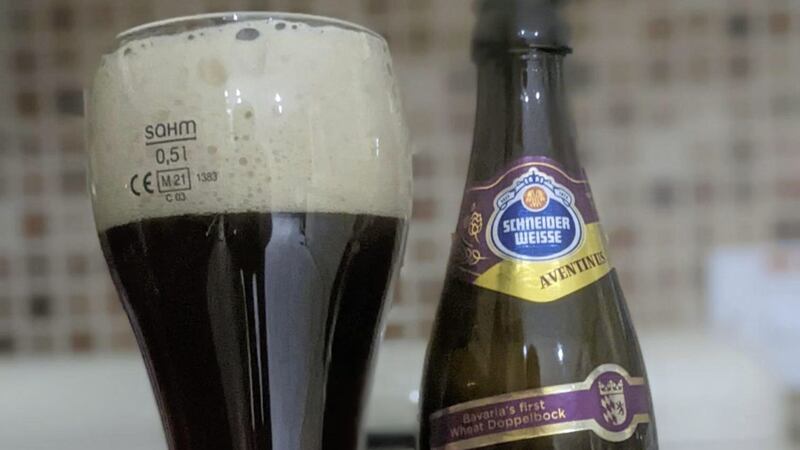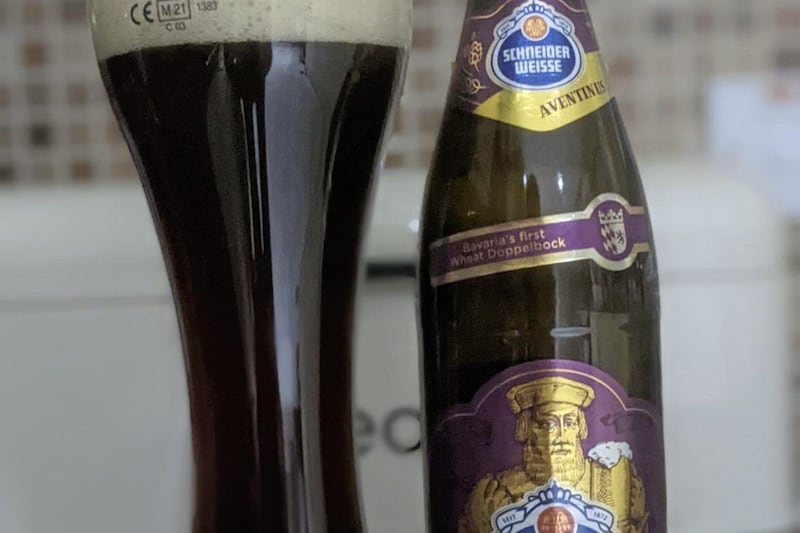THE word lager immediately conjures up images of a low to mid-strength pale-coloured beer that is available in large quantities and rarely challenges your taste buds.
The straw-coloured fizz has almost defined what the word lager means, however, the word itself has more to do with the process of making the beer than the style of the final brew.
Of course, the pale, light version has become the most popular due to it accessibility and broad appeal, but in Bavaria, there are as many different types of lager as there are flavours of sausage – and there’s quite a few of them.
They run the colour gamut from very pale to quite dark. Somewhere towards the darker end of things is doppelbock.
The very eagle-eyed among might recognise the word ‘bock’ which refers to type of German dark lager, now imitated the world over.
Well, in a sense, doppelbock is ramped up version of that and the one I delightfully imbibed this week was north of 8 per cent.
Like many beer origin stories, this one begins with monks, more specifically the Paulaner Friars of Munich. They referred to doppelbock as ‘liquid bread’ which gives you some kind of indication of the malt profile. It uses the standard Munich and Vienna malt as well as wheat.
The beer quickly became part of the Bavarian lager canon and the version I picked up from DC Wines on Belfast’s Boucher Road was Mein Aventinus, an 8.2 per cent doppelbock from Schneiderweisse.
The beer pours a dark ruby colour in the glass and, as with many wheat beers, a generous white head.
The aromas are of caramel and toast with a little hint of dark fruit. These are very much the prominent flavours too as it is the malt that does most of the heavy lifting when it comes to the taste.
The roasted dark malts lend that dark fruit and slightly chocolatey and caramel sweetness and this all comes about through a process called decoction mash. This involves removing some of the grain from the main mash (the combining of the malt and hot water), boiling it separately and then reintroducing it to the mash.
This is intended to give the malt profile more depth and character and since this beer relies heavily on the malt, it’s an effective move. It an almost caramelise parts of the grain, to give that sweet flavour, but be careful, it can also do a pretty effective job of disguising the strength.



